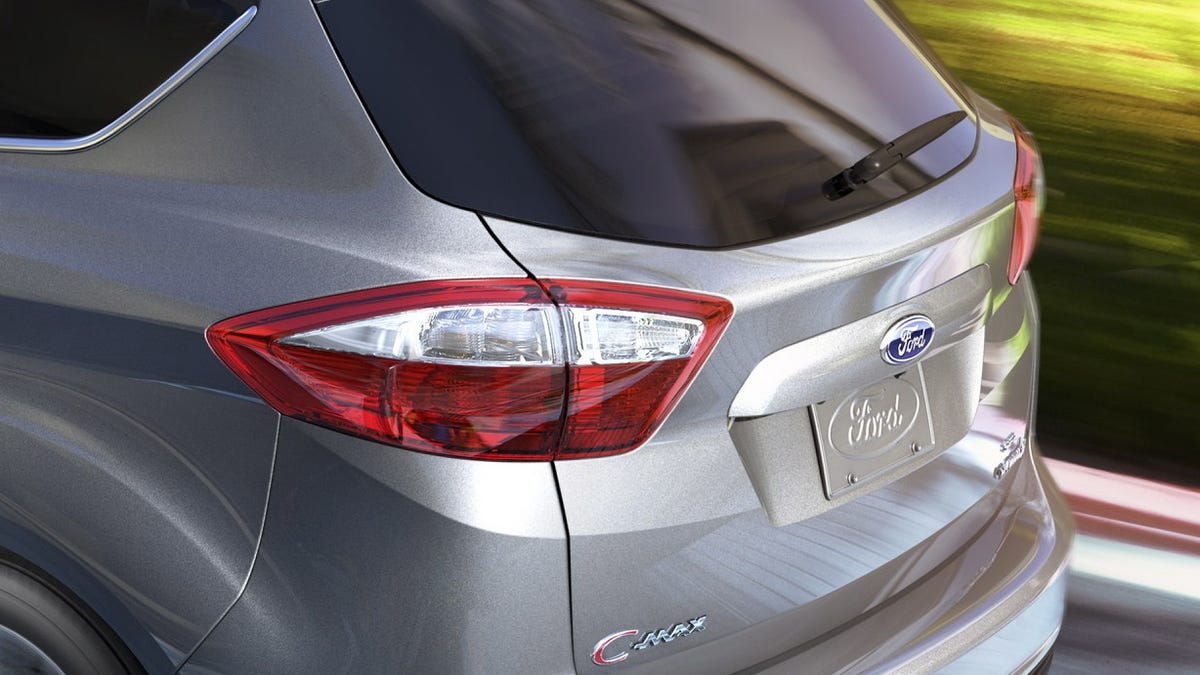Experimental brake lights wirelessly communicate with other vehicles
Experimental technology from automaker Ford attempts to notify drivers behind you when you're braking, even if they can't see you.

Your car's brake lights are simple, right? You step on the big pedal, the red lights on your vehicle's tail illuminate, and drivers behind you can see that you're slowing down. But what if your next car's brake lights could let drivers who aren't in line of sight know that you're slowing; what if they could let drivers rounding a bend know that you're slowed or stopped on the other side?
That's Ford's vision for its experimental Electronic Brake Light technology -- an odd moniker, as all brake lights are typically electric -- which is capable of wirelessly communicating with other vehicles on the road.
Demonstrated in Frankfurt as part of Safe Intelligent Mobility - Testfield Germany (or simTD), a group of Euro market Ford S-Max vehicles equipped with the experimental brake lights showed they could send a signal that illuminates a light on the following vehicle's dashboard. The chasing driver now knows when the lead vehicle is decelerating, even when visibility of the brake lights is obstructed by weather (such as heavy fog, snow, or rain), other vehicles, or terrain (such as when cresting a steep hill or rounding a severe bend).
Though LED technology may largely render blown taillights a relic of the past, my hope is that this technology could also let the following driver know when leading vehicle's taillamps are not functioning, granting critical reaction time to avoid a rear collision. I'd also hope to see these wirelessly communicating brake lights chatting it up with existing traffic services, perhaps notifying navigation providers of traffic on a road if too many of these smart brake lights are lighting up the grid.
Of course, the Electronic Brake Lights, their wireless technology, and the other technologies demonstrated at simTD are still in the experimental testing phase. No word has been given or plans announced to implement them in any current or future vehicles.

